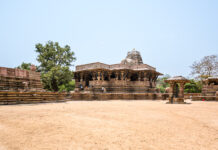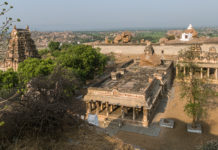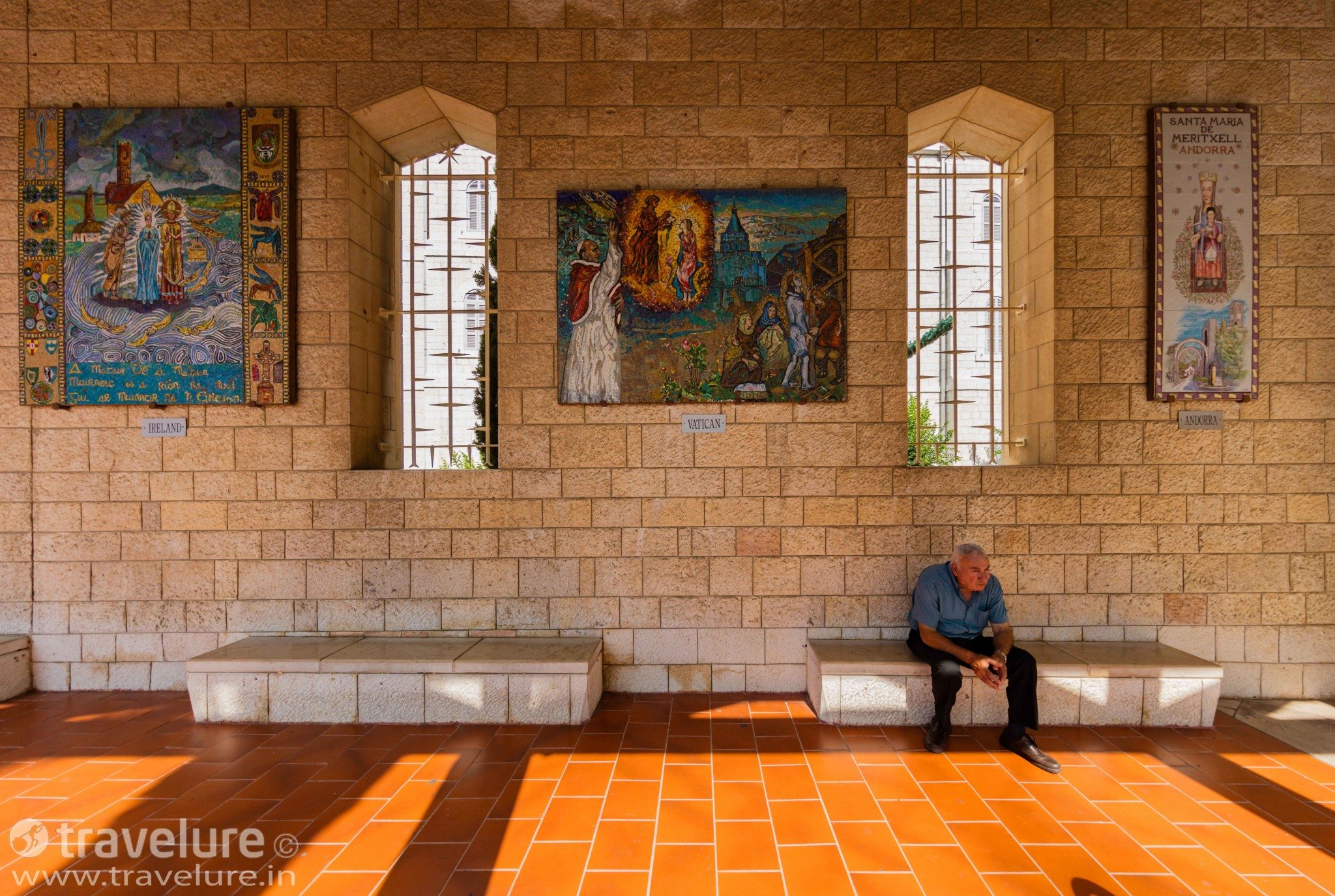
Smart Photography, a leading photography magazine from India, carried my photo-feature on a day trip to Kinderdijk in their February 2017 issue.
Kinderdijk – A Day Trip from Amsterdam

The Netherlands is a small country at the Northwestern tip of mainland Europe. While the distances here are not much, this scenic nation offers plenty of heritage, funky architecture and other assorted visual delights to the visitors.
During my visit there last summers, I planned a visit to Kinderdijk. UNESCO has conferred World Heritage Site status on this 18th-century settlement. ‘I AMstredam’ (The Netherlands Tourism) and their associates – ‘Rotterdam Partners facilitated my visit there.

They advised me to spend half a day in Rotterdam, checking out some post-war idiosyncratic architecture. They also advised visiting Maritime Museum and some of the other attractions dotting this modern city, before proceeding to Kinderdijk. And I followed their advice.
The Journey
I took a comfortable intercity train from Amsterdam Centraal. During the 70-minute journey, the train passed through some of the places I had heard of – Schiphol (Amsterdam’s airport is here), Leiden, The Hague, and Delft. All along the route, the countryside was picturesque.

As I disembarked at Rotterdam Centraal, I took a tram to get to Blaak. Blaak (or Block) is famous for whacky cube houses created by Piet Blom, a renowned architect known for creating conceptual structures. He tilted the cubes of normal houses 45 degrees and placed them on hexagonal pylons, to conserve ground space. These cube houses represent a tree, and therefore are symbolic of a village in a city.

Rotterdam – Of Funky Architecture and more

Near the tram station lies another piece of quirky architecture – Markthal (Market Hall). It is a mega structure shaped like a tunnel with a height of 34 metres. It is indeed a market hall, but with a difference. The tunnel structure covering the hall has 228 apartments, about 4600 Sq. Mts. of retail space and another 1600 Sq. Mts. of space dedicated to hotels, restaurants, and cafes. And, this excludes a 4-level underground parking that can house over 1200 cars.

The inside of Markthal has an 11000-Sq. Mt. mural titled Horn of Plenty. It is a creation of Arno Coenen and it depicts oversized flowers, fruits, seeds, insects, vegetables, and fish.



Close to Markthal, a huge building on the banks of a canal houses the famous Rotterdam Maritime Museum. While the replicas and stories of the ships are displayed inside, the canal outside has a mock lighthouse and some real boats on display. Each day, by rotation, one of these historically significant boats is opened up for visitors.

the visiting kids, Rotterdam Maritime Museum
To Kinderdijk
By now, my half-day in Rotterdam was over. So, I made my way towards the Waterbus jetty. Waterbus is a comfortable ferry that takes 35 minutes to cover this 25-kilometre distance. During this ferry ride, you get a gorgeous view of Rotterdam’s cityscape. Since this canal is navigable, you would also spot cargo ships making their way towards Rotterdam Harbour.

Once the ferry docked at Kinderdijk, I followed the crowd towards the ticketing counter. Near the entrance, a signboard was proudly proclaiming Kinderdijk’s UNESCO Heritage Site status. Kinderdijk is a Dutch word that means Kid’s Dyke.
For those readers who may not remember – The Netherlands is thus named since the land is truly nether (low). Most coastal areas of the Netherlands lie around 7 metres below sea level. As keeping the seawater out was a priority, the Dutch came up with an intricate system of canals, dykes, and windmills to keep the land dry.

At Kinderdijk
One such cluster of canals and windmills is Kinderdijk. It was built by the natives in the year 1740 CE. And this cluster continues to serve its original purpose of keeping the seawater out for over 275 years!

The entire cluster is spread over 79 acres (32 hectares) and all these windmills are functional even today. These windmills are private properties of native farming families. The only exception is a windmill that has been converted into a museum to give the visitors a glimpse of the native farming lifestyle.

While the windmill’s mechanical parts dominate the interior, it still provides 3-storey living quarters to the farming family – from a functional kitchen to living room to bedrooms. As I went up the windmill museum and glanced around the topography, the sheer natural beauty of the landscape, dotted unobtrusively by these silent, solid structures, fascinated me.

After walking about the place till sunset, I took the Waterbus back to Rotterdam to get back to my Airbnb in Amsterdam. During this quiet journey, I was reflecting on how necessity truly becomes the mother of invention. When you don’t have gills and need to keep the seawater out, you find truly innovative ways to pump out the water. As you think that this intricate system was invented over 275 years ago, you marvel at the technological advancement of that era.
While you visit the Netherlands, take a day trip to this UNESCO-endorsed heritage site and experience the serene beauty for yourself!





















Colourful clicks
Thanks, Rohit!